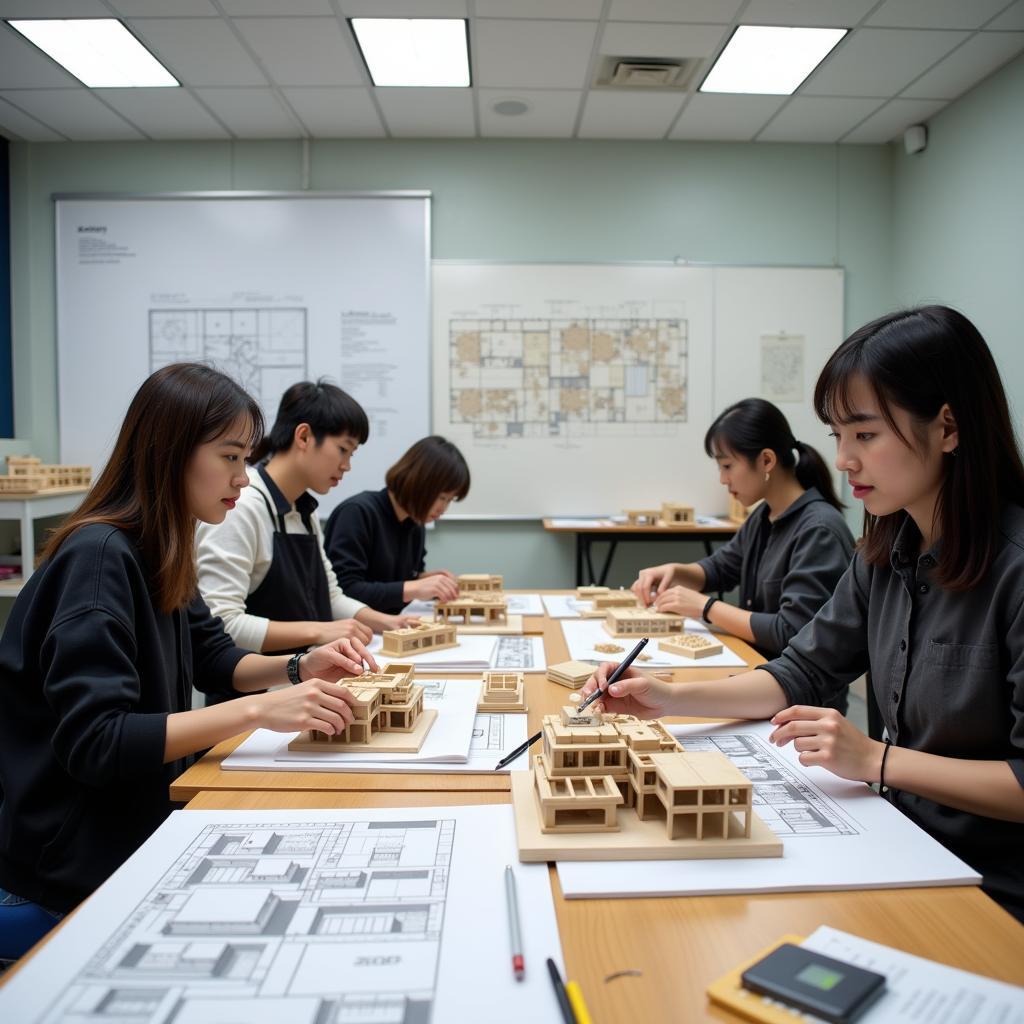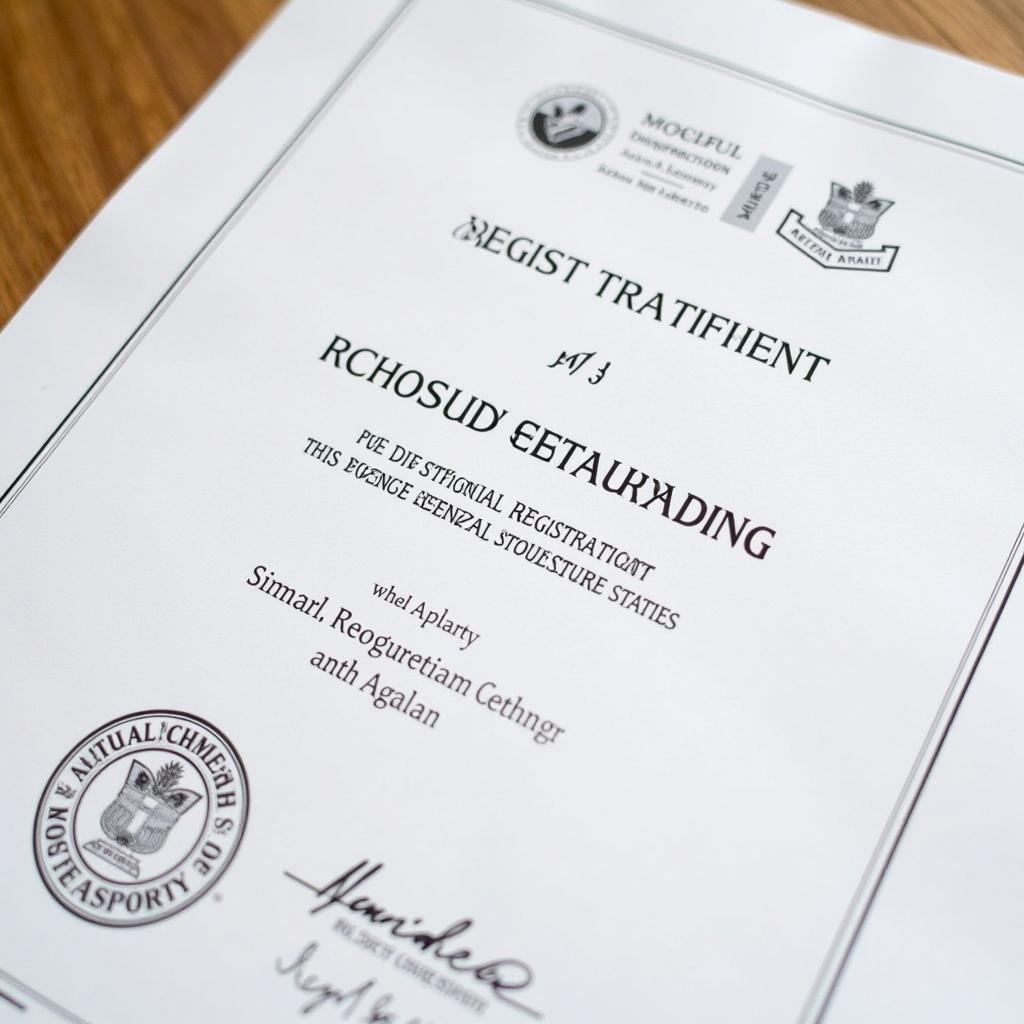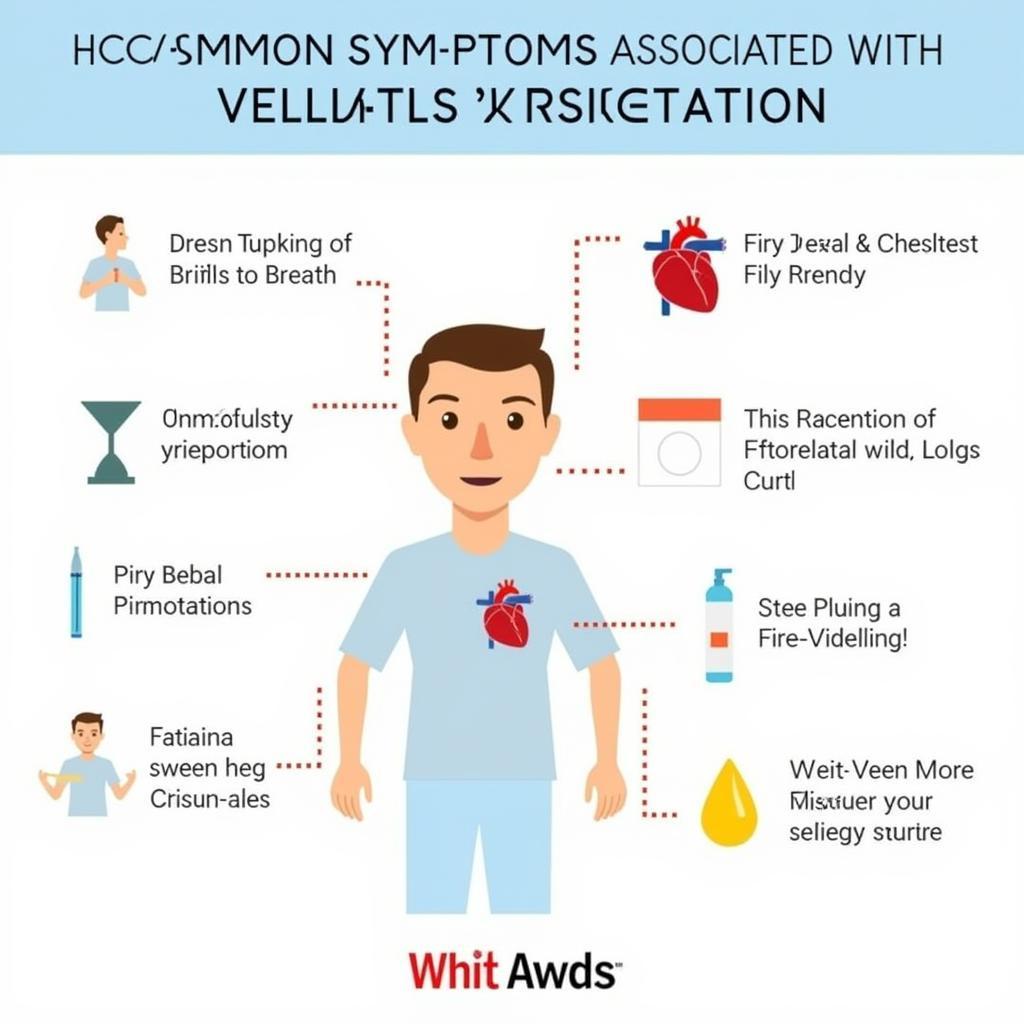The application process to be an ASEAN architect can be complex and varies by country, but understanding the core requirements and procedures is key. This guide provides a comprehensive overview of what aspiring architects within the ASEAN region need to consider.
The journey towards becoming a registered architect in the ASEAN region involves a combination of academic qualifications, practical training, and professional examinations. While the specific requirements vary from nation to nation, there are some common threads that bind the process together. These include a recognized architectural degree, a period of internship or practical training, and successfully passing a registration examination. Navigating these stages can seem daunting, so let’s break down the key elements.
Educational Pathway: Building Your Foundation
A solid educational foundation is paramount. Most ASEAN countries require aspiring architects to hold a professional degree in architecture from an accredited university. This degree typically involves a five-year program that covers architectural design, history, theory, building technology, and professional practice. Some countries may also accept equivalent qualifications from internationally recognized institutions. Choosing the right program is crucial, so researching different universities and their curricula is highly recommended.
You could also explore topics related to ASEAN software engineering like the ASE IEEE/ACM International Conference on Automated Software Engineering. This might offer you different perspectives and broaden your understanding.
 ASEAN Architecture Education
ASEAN Architecture Education
Accreditation and Recognition: Ensuring Quality and Standards
Accreditation of architectural programs ensures that they meet the required standards of quality and competence. The ASEAN Mutual Recognition Arrangement (MRA) on Architectural Services aims to facilitate the mobility of architects within the region. While the MRA is still developing, it highlights the growing emphasis on standardization and recognition of qualifications across ASEAN member states.
 ASEAN Architect Registration
ASEAN Architect Registration
Practical Training: Gaining Real-World Experience
After completing their academic studies, prospective architects must undertake a period of practical training or internship. This hands-on experience allows them to apply their theoretical knowledge in a real-world setting, working under the supervision of registered architects. The duration of this training varies, typically ranging from one to two years, depending on the specific regulations of each country.
Mentorship and Guidance: Learning from Experienced Professionals
During their practical training, aspiring architects gain valuable insights from experienced professionals. This mentorship is crucial for developing their skills, understanding professional ethics, and navigating the complexities of the architectural field. The practical training period also provides an opportunity to build networks and connect with potential future employers. Remember, even simple tasks can contribute to your overall growth as a professional. Like understanding how to export files from Blender using ASE, which you can find information about here: ase blender export.
Registration Examination: The Final Step
The final hurdle in the application process is the registration examination. This examination assesses the candidate’s competency and readiness to practice independently as an architect. The content and format of the exam vary across different ASEAN countries, but typically cover areas such as design, building technology, professional practice, and local building codes and regulations. Thorough preparation and a strong understanding of the local context are essential for success.
Navigating the ASEAN Landscape: Country-Specific Considerations
While the general framework is similar, the specific requirements for becoming an ASEAN architect differ among member states. Researching the specific regulations and procedures of the country you intend to practice in is essential.
“Understanding local regulations is crucial for success. Each country has its nuances, and familiarizing yourself with them early on can save you time and effort.” – Maria Santos, Principal Architect, Santos & Associates, Philippines.
 ASEAN Architect Working
ASEAN Architect Working
“Networking is invaluable. Building relationships with other professionals in the field opens doors to opportunities and provides a support system throughout your career.” – Tran Van Hao, Senior Architect, Hanoi Design Group, Vietnam.
Conclusion: Embarking on Your Architectural Journey
The application process to be an ASEAN architect is a significant undertaking. However, with careful planning, dedication, and a thorough understanding of the requirements, you can achieve your goal. By fulfilling the necessary educational qualifications, gaining practical experience, and successfully completing the registration examination, you can embark on a rewarding career as a contributing member of the ASEAN architectural community. This process may also involve exploring related fields like ASE pavers or even troubleshooting ASE-related software issues, like those found in ASE VASP. More on ASE pavers can be found here: ase pavers. While ASE VASP troubleshooting is discussed here: ase vasp cannot start job. Understanding the broader application of ASE can be beneficial. For example, learning about resources like the “ase-nodejs-async-odbc-interface npm” could broaden your technical skills. You can learn more about this npm package here: ase-nodejs-async-odbc-interface npm.
FAQ
- How long does it take to become a registered architect in ASEAN?
- What are the typical costs associated with architectural education and registration?
- Are there scholarship opportunities for aspiring architects in the ASEAN region?
- What are the career prospects for architects in ASEAN?
- How does the ASEAN MRA on Architectural Services impact the registration process?
- What are the continuing professional development requirements for registered architects?
- How can I find information about the specific requirements in my country?
Scenarios
- Scenario 1: A recent architecture graduate in Malaysia wants to know the steps to register as an architect.
- Scenario 2: A foreign architect wishes to practice in Thailand and seeks information on the recognition of their qualifications.
- Scenario 3: A student in the Philippines is considering studying architecture and wants to know the best universities in the ASEAN region.
Further Reading and Resources
This website provides further information on various topics related to architecture and the ASEAN region.
Need Support? Contact Us!
For further assistance, please contact us: Phone: 0369020373, Email: aseanmediadirectory@gmail.com, or visit us at: Thon Ngoc Lien, Hiep Hoa, Bac Giang, Vietnam. We have a 24/7 customer support team ready to help you.


